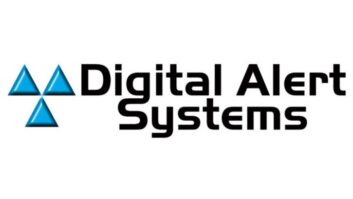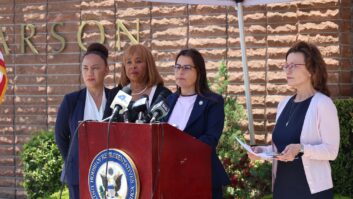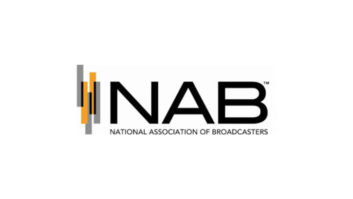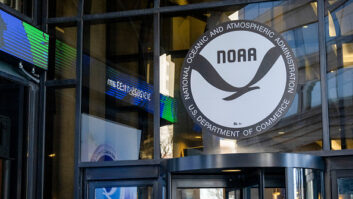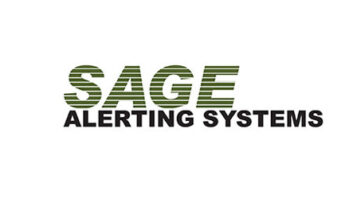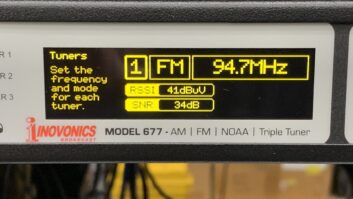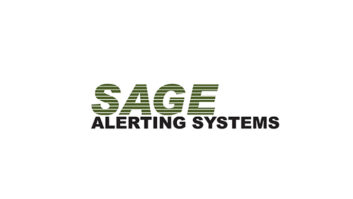
Al Kenyon has a couple of suggestions of his own for the Federal Communications Commission regarding the Emergency Alert System — specifically involving EAS Originator and Event Codes.
He is intimately familiar with the topic as chief of FEMA’s IPAWS Customer Support Branch; but he emphasized that he was making his suggestions as an individual, not speaking for FEMA. He thinks the suggestions will improve public-facing EAS messaging without significant additional costs to industry or the alerting community.
[“FCC Releases Details of EAS Proposal”]
Kenyon filed comments in the FCC’s notice of public rulemaking regarding changes to the nation’s alerting systems.
He says originator codes need to make clear who or what organization originated the message. He also would like to see the addition of a Domestic Terrorism Event code.
First, he noted that two of the four currently authorized EAS originator codes convey descriptive information regarding who originated the alert.
“WXR and CIV indicate that the message originator was the National Weather Service or a Civil Authority, respectively. The third originator code, EAS, was commonly and interchangeably used with CIV when broadcast stations were always manned during operation and key local primary stations were expected to originate EAS messages at the request of local officials.” But he said that is no longer the case. “Use of the ‘EAS’ ORG code is now limited to use in conjunction with EAS Participant-originated RWT and RMT test messages.
“The fourth originator code was not based on the originating office or official but rather on the name of the top-level national EAS dissemination system, the Primary Entry Point system, ‘PEP.’ This collection of stations and facilities is now referred to by FEMA as the National Public Warning System or NPWS.”
But Kenyon noted that the PEP is not an originator, it is a message dissemination system.
“An EAS message scroll that begins with ‘The Primary Entry Point System has issued an …’ has little or no meaning to the general public and can only contribute to general confusion,” he said. “For the benefit of the public, originator codes should reflect who or what organization originated the message, not what collection of technical facilities were enlisted for top level dissemination of the message.”
Kenyon recommended that the FCC consider a replacement organization code such as FEO, for Federal Executive Official, or a similar alternative. He said this would be compatible the idea of renaming the current WEA Presidential Alert to allow for common use of that category by the president or by the FEMA administrator, as laid out by Congress in the legislation that prompted the current NPRM.
Second, “Regarding possible additions to EAS Event Codes, I ask the commission to consider authorizing a new Event Code for use in urgent instant action situations such as a radiation hazard caused by detonation of a ‘dirty’ bomb or improvised nuclear device,” Kenyon continued.
“While discussion of such hopefully unlikely events may be both unpopular and unpleasant, should such an event occur, it will be essential to the public health and welfare that people take shelter immediately. (That means Mommy should not get in a car and drive to little Timmy’s school. Little Timmy will be sheltering in place in school. Both Mommy and Timmy will be much better off if Mommy does not risk exposure during the period of greatest hazard immediately following the event.)”
For such a case Kenyon proposes adding a Domestic Terrorism Event, DTE, or similar event code. “Ideally a DTE Event Code would be a must-carry event similar in required retransmission status to an Emergency Action Notification. Presumably, such status could be granted through presidential delegation of authority to an appropriate fast response agency or organization.”
He closed his filing by saying that he doesn’t realistically expect the FCC to act on the proposed additional Event Code in the current proceeding. “But I would be remiss if I did not get this recommendation on the record now before the ebb and flow of international relations and splinter factions reaches a point where this becomes an imminent concern.”
Kenyon is a former engineering executive or chief engineer with broadcast companies Clear Channel, Jacor and Taft. He also has done significant volunteer work with EBS and EAS committees at various levels from local to national. He also worked for Denny & Associates, ManTech and Five Rivers Services before joining FEMA in 2010. In 2017 he was named IPAWS Customer Support Branch Chief.
